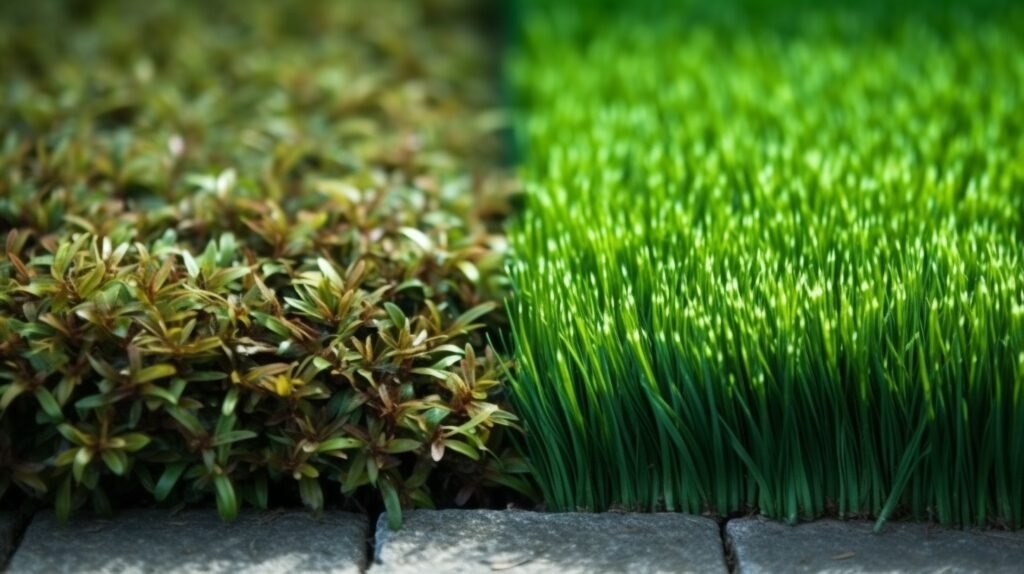Selecting the appropriate grass for your lawn is a crucial step in achieving a healthy and aesthetically pleasing outdoor space. With various grass species and cultivars available, understanding the characteristics and requirements of different grass types is essential. By considering factors such as climate, soil conditions, and maintenance preferences, you can make an informed decision when choosing the right grass for your lawn. Let’s explore some popular grass types and their attributes to help you create the perfect turf.
- Cool-Season Grasses:
Cool-season grasses thrive in regions with moderate temperatures and are known for their ability to tolerate cold winters. Some common cool-season grasses include Kentucky bluegrass, perennial ryegrass, and tall fescue. Kentucky bluegrass is known for its dense and lush appearance, while perennial ryegrass offers rapid establishment and good wear tolerance. Tall fescue is known for its adaptability to different soil types and excellent drought tolerance.
- Warm-Season Grasses:
Warm-season grasses are well-suited for areas with hot summers and mild winters. Bermuda grass, Zoysia grass, and St. Augustine grass are popular warm-season options. Bermuda grass is durable and tolerant of heavy foot traffic, while Zoysia grass forms a dense, luxurious turf and has good drought tolerance. St. Augustine grass thrives in humid climates and provides excellent shade tolerance.
- Transitional Grasses:
Transitional grasses are adaptable to both warm and cool climates, making them suitable for regions with moderate temperature variations. One example is fine fescue, which includes species such as creeping red fescue, chewings fescue, and hard fescue. Fine fescue varieties exhibit good shade tolerance and require less water and maintenance compared to other grass types.
- Considerations for Selection:
When choosing the right grass for your lawn, consider the specific conditions and requirements of your area. Factors such as sunlight exposure, soil type, average rainfall, and foot traffic should be taken into account. Additionally, consider your maintenance preferences, such as mowing height, fertilization needs, and overall maintenance level. Some grasses may require more frequent watering or have specific soil pH requirements, so understanding these factors will contribute to a successful lawn.
- Consult with Experts:
If you’re unsure about which grass type is best for your lawn, seek advice from local lawn care professionals, horticulturists, or extension services. They can provide valuable insights into grass varieties that thrive in your specific region and offer guidance on lawn establishment and maintenance practices. Additionally, online resources and gardening forums can be helpful sources of information and experiences shared by homeowners in similar climates.
Conclusion:
Choosing the right grass for your lawn sets the foundation for a healthy and beautiful outdoor space. Understanding the characteristics of different grass types and considering factors such as climate, soil conditions, and maintenance preferences will guide you in making an informed decision. By selecting the appropriate grass species and cultivars, you can create a thriving turf that withstands the challenges of your environment and provides a lush, inviting landscape for years to come.











